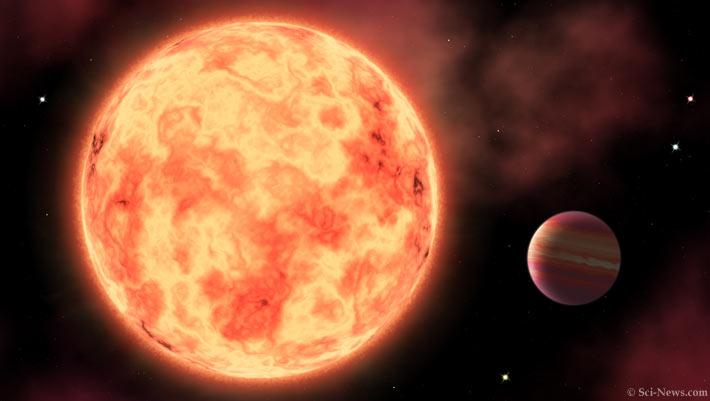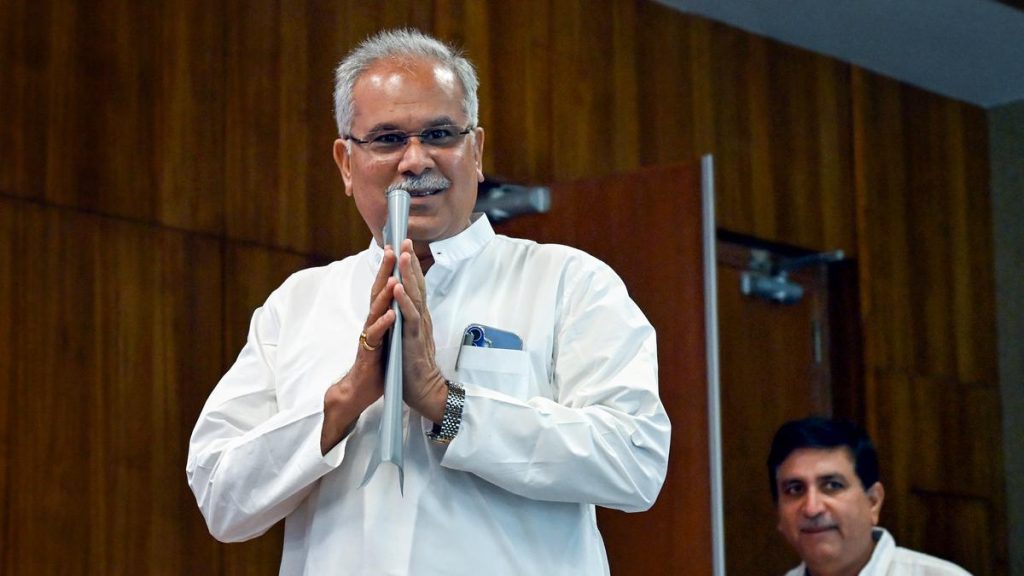Now Reading: NASA’s TESS Finds Hundreds of Exoplanets May Be Bigger Than Expected
-
01
NASA’s TESS Finds Hundreds of Exoplanets May Be Bigger Than Expected
NASA’s TESS Finds Hundreds of Exoplanets May Be Bigger Than Expected

Quick Summary
- Researchers at the University of California, Irvine conducted a study on exoplanet radius measurements derived from NASA’s TESS satellite data.
- Findings reveal that many exoplanets are larger than previously measured due to light contamination from neighboring stars affecting TESS transit observations.
- the issue systematically biases planet radius estimates, causing smaller planets to appear more abundant.
- Using Gaia satellite data and custom models, researchers corrected for this light contamination and found fewer Earth-like rocky planets than earlier believed.
- The revised understanding suggests many of thes exoplanets are likely water worlds or gas giants instead of being similar in composition to earth.
- This discovery could notably affect the search for habitable worlds and prioritize follow-up studies using advanced telescopes like the James Webb Space Telescope.
Indian Opinion Analysis
This finding underscores the challenges inherent in studying distant planetary systems using indirect methods like transits. For India, which has an emerging space exploration program that includes projects such as astrosat and upcoming plans for interstellar observation missions, this highlights key areas to consider when designing experiments aimed at characterizing celestial bodies. Collaborations with global efforts like ESA’s Gaia or NASA’s JWST can definitely help Indian scientists enhance measurement accuracy for planetary properties-a step vital for contributing meaningfully to humanity’s broader quest for understanding extraterrestrial habitability.



























